What Killed The Catalytic Converter? (VIDEO)
Catalytic converters die in one of two ways: fire and poison; neither is very pleasant. Sponsored by AP Emissions.
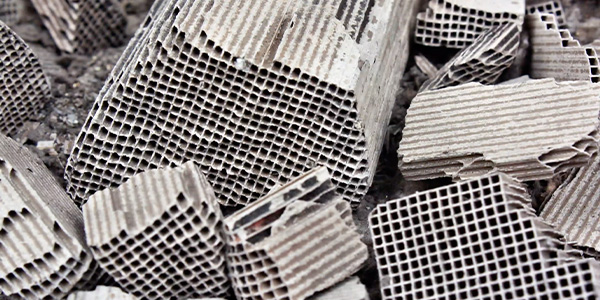
VIDEO: Catalytic Converter Theft
Do not replace a missing converter with a “test pipe.” This video is sponsored by Auto Value & Bumper to Bumper.

VIDEO: Understanding Catalytic Converter Problems
Catalytic converters are often unintentionally mistreated. This video is sponsored by Rislone.
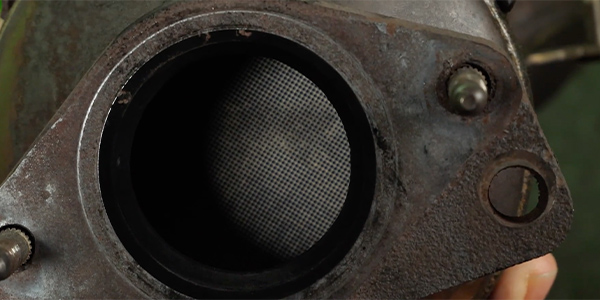
Emissions 101: A Basic Understanding Of How Catalytic Converters Operate
To begin, an internal combustion engine creates heat energy by igniting a mixture of gasoline and atmospheric oxygen with a high-voltage spark.

Catalytic Converter Replacement
If you are replacing a catalytic converter for a customer, it is not the same as replacing a muffler or pipe. Since the catalytic converter is an emissions device that is federally and locally mandated, documentation is just as key as proper installation.
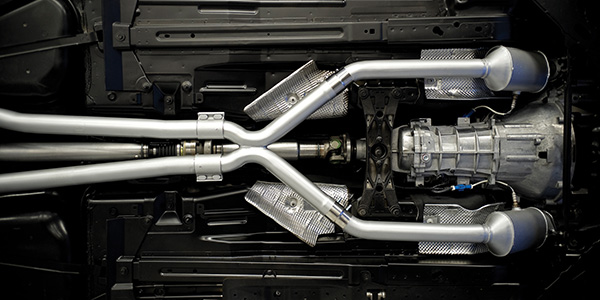
Mazda Tech Tip: Sulfur Or Rotten Egg Smell/Odor From The Exhaust
On some Mazda vehicles, a sulfur smell or rotten egg odor may be noticed coming from the exhaust system. The odor is usually noticed after a cold start, fast idle, extended periods of idling and full-throttle acceleration. The sulfur smell is not an indication of an engine concern and will not cause reduced driveability or durability of the engine or any of its emission components.
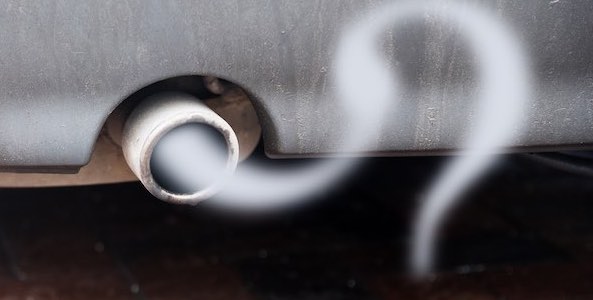
Poor Engine Performance Linked To Converter Failure
Today’s modern vehicles are equipped with a sophisticated emissions control device. These fail when the engine is not tuned up, as this leads to overworking the converter, overheating and possible clogging.
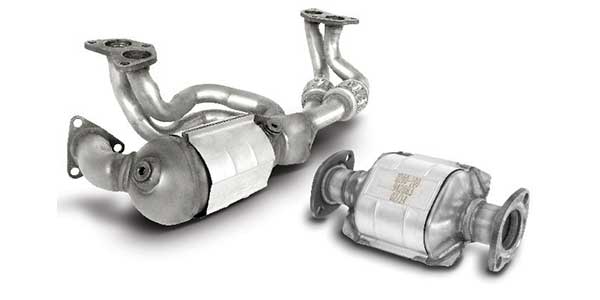
Diesel Exhaust Particulate Filters: How Do They Work, What Do They Do?
The Diesel Particulate Filter (DPF) is a ceramic filter that has thousands of tiny channels or honeycomb-shaped openings that trap the soot onto the channel walls and prevent the particulate matter (down to 1 micron) from exiting out the tailpipe. The honeycombed inner structure is covered with a layer of a chemical catalyst that contains small amounts of precious metals, usually platinum or palladium.
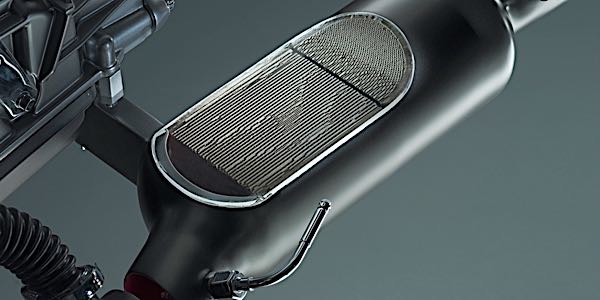
Catalytic Converter Replacement Commandments
Catalytic converter replacement can be one of the most arduous repairs a shop takes on. It is not that the repair itself is overly complicated; it is the paperwork, laws and warranty issues that can be the real headache.

Getting the Complete Picture on Converter Efficiency
Engine management systems compensate for changes in engine speed, loads and temperatures by adjusting the amount of fuel injected, spark advance/retard and even when the intake and exhaust valves open. These adjustments can only do so much. Tailpipe emissions are cut further by exhaust gas recirculation (EGR) and secondary air injection systems. The last line
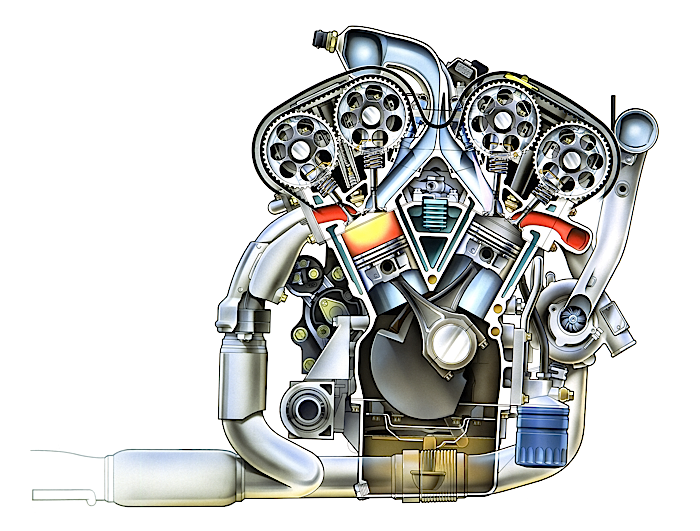
Diagnosing Catalytic Converter Failure Symptoms
Although construction can vary according to engine application, the common three-way catalytic converter contains a reduction and oxidation stage. To create maximum surface area, each stage is generally a ceramic or stainless steel honeycomb substrate covered with a rough silica and alumina wash coat. Both stages of the converter are coated with precious metal catalysts
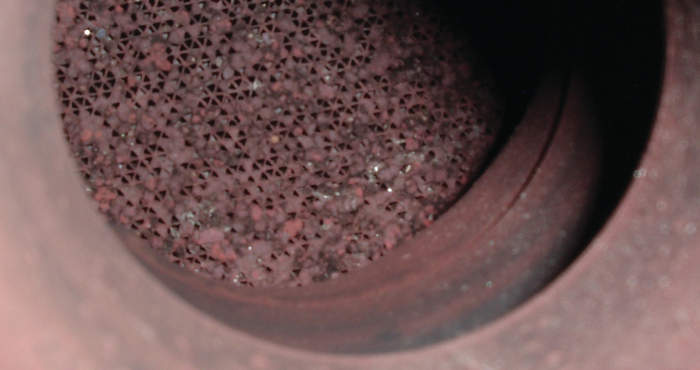
PaceSetter Performance Products Offers Direct-Fit Manifold Catalytic Converter For 2002-’08 Mini Cooper S, 1.6L Engine
PaceSetter Performance Products, designers and manufacturers of quality-made, affordably-priced exhaust systems and components, now offers a direct-fit manifold catalytic converters for the 2002-’08 Mini Cooper S with the 1.6L engine. PaceSetter Direct-Fit Catalytic Converters utilize mandrel-bent stainless steel tubing for maximum efficiency and CNC-machined thick steel flanges for a factory-like fit and good seal. This
